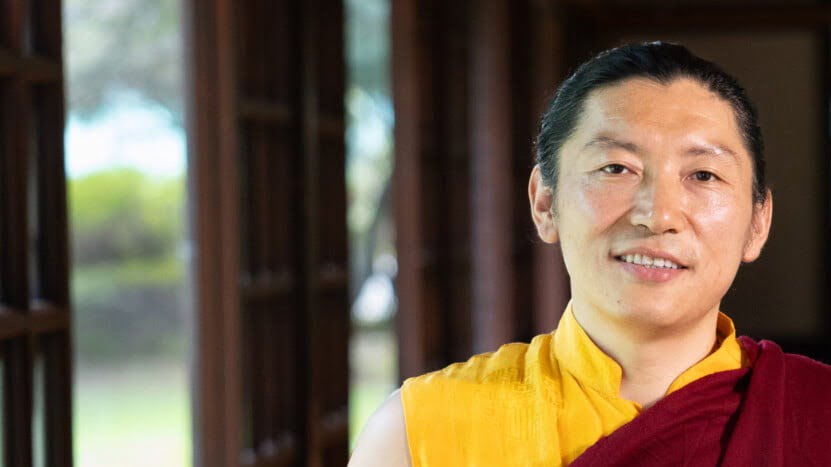
Student Pathways
Commit not a single misdeed,
Cultivate a wealth of virtue,
Completely tame your mind,
This is Buddha’s teaching.
—Buddha Shakyamuni
Three Pathways
The Buddha summarized all his teachings in these four simple lines, and when we distill their essence, we understand that the fundamental point is taming the mind. However, students who wish to study under the guidance of Phakchok Rinpoche all come to the Buddhist path with different inclinations, backgrounds, and temperaments.
Following the Buddha’s example, Samye Institute, under the direction of Rinpoche, provides multiple gateways or entry points so that his students can find a suitable point to embark on a genuine and authentic journey towards complete awakening.
Our mission is to provide students with authentic teachings and support materials that clear away the four mistaken understandings of Dharma practitioners:
མ་རྟོགས་ལོག་རྟོགས་ཕྱོགས་རྟོགས་དང་༔
ma tok lok tok chok tok dang༔
ཡང་དག་ཇི་བཞིན་མ་རྟོགས་༔
yang dak ji zhin ma tok༔
Lack of understanding, wrong understanding,
partial understanding, and not fully understanding.

Introducing the three pathways
In this video, Phakchok Rinpoche introduces the three student pathways: The Path of Dignity, the Path of Transformation, and the Path of Realization.
The Path of Dignity
The Path of Dignity is intended for individuals in search for meaning, contentment, ease, and well-being. They may belong to other faith communities or may not choose to enter the Buddhist path. These people can still derive benefits from the Buddhist tradition. Phakchok Rinpoche addresses these core human needs in the Path of Dignity. This path is open to all individuals who wish to develop kindness toward themselves and others. We learn to follow the first line of the Buddha’s teaching. If we avoid misdeeds, our conduct becomes as pure as our nature.
The Path of Transformation
The Path of Transformation provides resources and courses for study, reflection, and meditation practice. These help people recognize and transform negative emotions and thinking. With committed practice, one can gradually overcome negative emotions and develop positive qualities. The two aspects of wisdom and compassion are core elements in the training. The Path of Transformation builds on the foundations of character building and awareness of pure nature that are introduced in the Path of Dignity. On this path, we cultivate the wealth of virtue that the Buddha advised.
The Path of Realization
The Path of Realization welcomes individuals committed to following the teachings of the secret mantra as taught by the Mahaguru Padmasambhava. This program is suitable for students who have taken refuge and bodhisattva vows. In addition, they will have committed to begin the foundational practices or ngöndro. Certain teachings within this program are restricted to those who have received Mahayoga empowerment. This path follows the structure outlined by Guru Rinpoche in his profound text, the Lamrim Yeshe Nyingpo. Students on the Path of Realization continue to practice the elements included in the Pathways of Transformation and Dignity. On this path, we continue to accumulate virtue as we perfect the taming of our minds.

